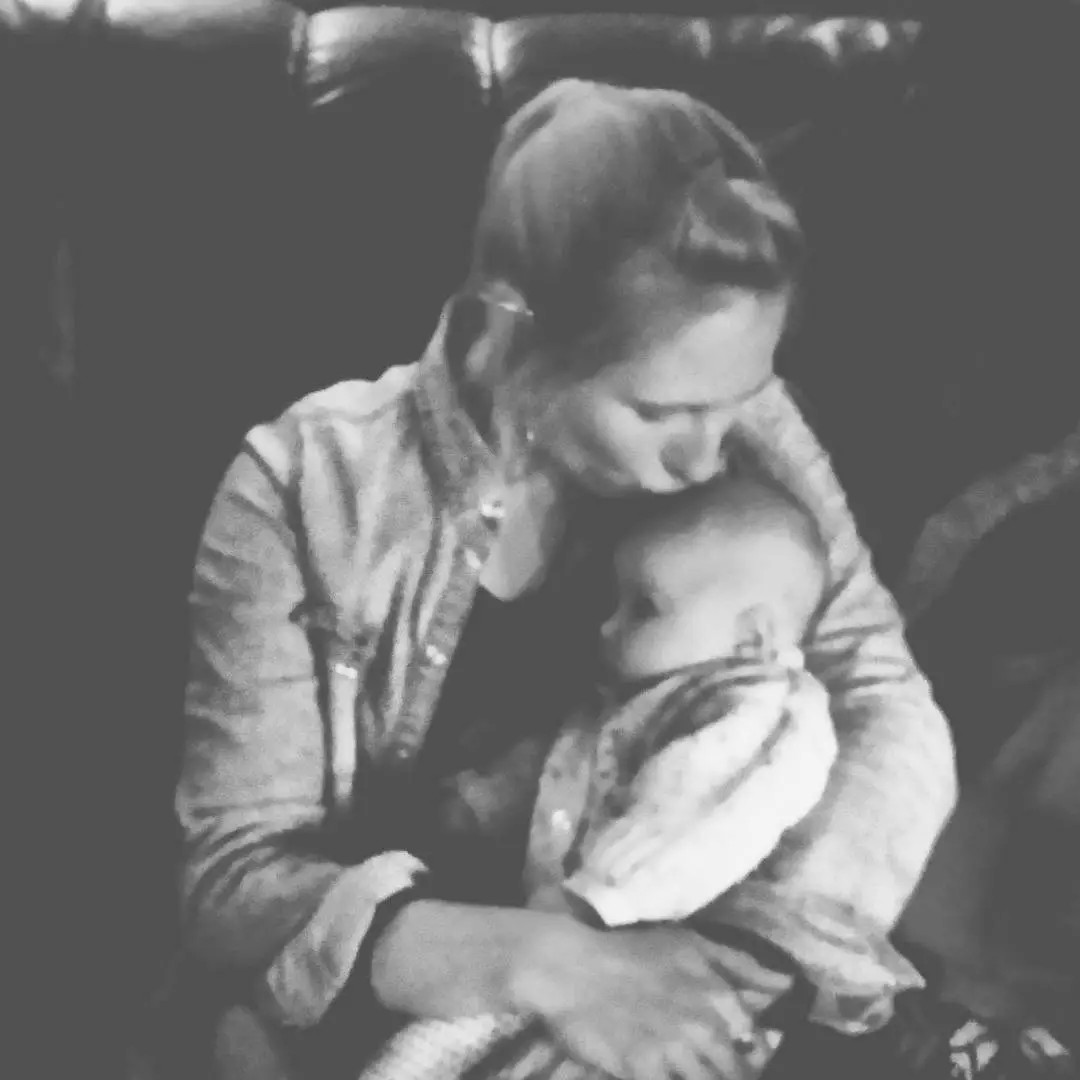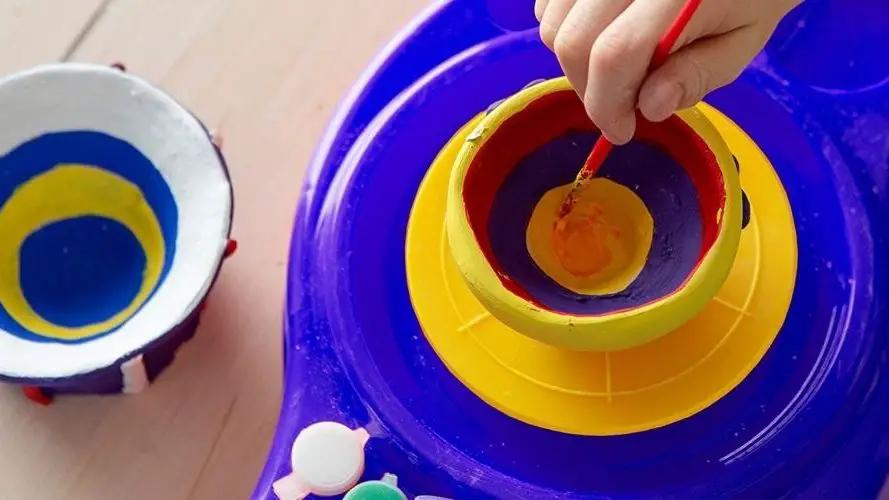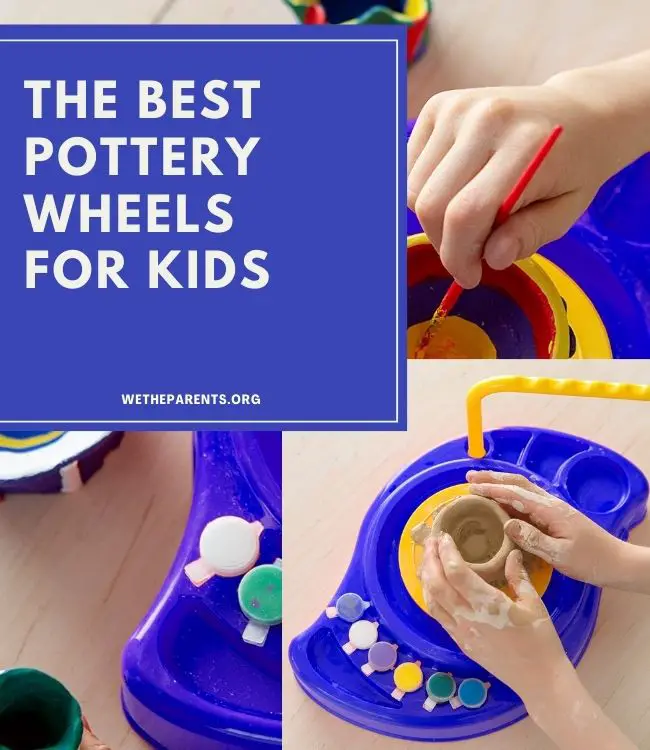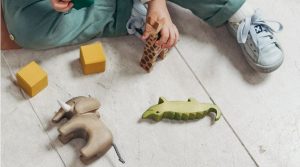Are your kids interested in art? Are they always seeking out new ways to express themselves?
Pottery wheels encourage children to do this while simultaneously honing their fine and gross motor skills. 1A comparative look at the use of the potter’s wheel in Bronze Age Greece
These funky spinning appliances help to strengthen little hands, not to mention the rewarding sensory experience they provide for children. 2How Sensory Processing Issues Affect Kids in School
Studies show that art plays an essential role in a child’s development. 3The Importance of Art for Child Development
Your kids will brim with confidence while showing off their pottery studio creations.
With so many pottery wheels to choose from, we’ve narrowed it down to seven consumer favorites.
How to choose the ultimate pottery wheels for kids
While it’s not easy buying a pottery wheel for the first time, beginners’ wheels do have the best reputation.
What can my child make with a pottery wheel?
A pottery wheel is a traditional artists’ tool that’s used to shape clay. Clay spinning is called the ‘throwing’ process. Children can use pottery wheels to shape, trim, or add details to various clay creations.
While pinch pots and other freestyle sculpting techniques are fun, children can make more uniform pieces using a pottery wheel. Common creations include plates, cups, vases, and pots.
Types of pottery wheels
Choosing the right pottery wheel can seem like an impossible feat. You need to consider how a wheel spins, how much power it offers, and which direction it rotates before deciding which is right for your child.
- Foot pedal pottery wheels: Sometimes called kick wheels, these operate like conventional sewing machines. Users must apply pressure to the floor-based mechanism to keep the pottery wheel spinning. This will usually give the artist a broader range of control and enable kids to keep both hands on what they’re creating. Keep in mind that manual kick wheels require constant pumping.
- Switch operated pottery wheels: May or may not have variable speed settings. Typically, kids just need to flip a switch to set an electric pottery wheel in motion. On some models, the knob also doubles as a speed control. These models are often easier for young children who might struggle to apply pressure and shape their clay at the same time.
What to consider when purchasing a pottery wheel for a child
Recommended age
Choosing the right pottery wheel isn’t all that difficult. Typically, the decision depends on a child’s age. Many toys are developed with a particular age group in mind.
For example, pottery wheels for younger children contain fewer small parts, move at slower speeds, and have minimal skill requirements.
Meanwhile, more advanced pottery wheels may boast foot pedals, adjustable speed settings, and higher-quality accessories.
Efficiency
Young children typically prefer pottery wheels that spin at minimal speeds. However, these are not always the most effective at throwing clay.
If your child has been sculpting for a long time, opt for a motorized pottery wheel that offers plenty of rotational power. It will enable your child to create more uniform, detailed pieces.
Clean up
You’re not alone if you dread cleaning up after your little artist. Many parents are torn between giving their children art supplies or keeping their houses clean.
Keep an eye out for pottery wheels with removable wheel heads, splash pans, and splatter guards. What’s more, invest in a vinyl table cover and pint-sized apron.
Operational direction
Keep in mind that many entry-level pottery wheels spin in only one direction. If your child is left-handed, you may want to choose a wheel that spins to both the left and right, such as the Dan & Darci Pottery Studio.
Noise
Motorized pottery wheels tend to be noisy. If your child has sensory issues, look for a model with limited sound output.
Budget
Generally speaking, plastic battery-powered and manual pottery wheels are going to be your most affordable options.
Meanwhile, pottery wheel AC adapters and high-powered motors will require a bigger up-front investment.
If your child is just starting out, your most cost-effective option will be a comprehensive beginner kit, such as the Cool Maker Pottery Studio.
Our top picks of the best pottery wheels for kids
Best overall
Our opinion
We love this pottery studio kit for girls 6 yrs. and up. The Cool Maker Clay Pottery (check price on Amazon) includes a bright pink switch-operated spinning wheel, a spray bottle, a tool holder, 2 lbs. of clay, a paintbrush, two sculpting tools, two coring tools, two sleeves, and 10 metallic paints.
Kids also receive a construction manual with six trendy project ideas including a mermaid jewelry dish, a bracelet holder, and more.
They can use their imagination to personalize each of the projects. A built-in splash pan keeps the mess to a bare minimum. Meanwhile, a built-in tool keep will help your little potter stay organized.
Since this wheel is not foot-powered, young children can place all their concentration into their creations. Overall, this is our choice for the best pottery wheel for beginners.
What we love
- Personalize the six projects with the help of 10 trendy metallic paints
- Built-in tool holders make it easy for little artists to stay organized
- Pro 3 (4th optional)
Watch for
- The wheel does not spin when faced with resistance
Best pottery wheel set
Our opinion
The Made By Me Pottery Wheel (check price on Amazon) is yet another comprehensive beginner set. Aspiring potters will have little trouble unleashing their creativity on this potting wheel.
They can use either the switch or foot pedal to start and stop this electric wheel. The kit includes two bags of air-dry clay as well as several pottery tools.
The manufacturer also includes some illustrated sculpting tips and some fun project ideas. A built-in splash pan catches most of the wheel’s splatter, though we still recommend that you cover your table and child’s clothing.
Made By Me hooks you up with just about everything you need to get started.
What we love
- You get an electric wheel, accessories, and clay with this kit
- Beginners will love the illustrated sculpting tips offered by the manufacturer
- Kids can use molds to create perfect pots
Watch for
- Clay dries quickly and is prone to cracking
Best budget buy
Our opinion
Your child will have a blast sculpting and painting their pottery. They can even use the optional foot pedal to get an authentic pottery studio experience.
The Cra-Z-Art Pottery Wheel (check price on Amazon) is battery-operated. According to the manufacturer, the wheel is suitable for children between the ages of 5 months and 8 years.
What we love
- Kids can use the foot pedal to go completely hands-free
- Use glitter, paint, and gems to personalize your creations
- The tools are great for making patterns on clay
Watch for
- The battery power doesn’t last long
- The provided clay is not safe for food or beverages
Best for budding artists
Our opinion
Faber-Castell’s (check price on Walmart) Battery-Operated Pottery Wheel comes with an excellent collection of sculpting tools and accessories, including a 2 lb. non-toxic, synthetic clay block that will last through countless sculpting projects.
Its foot pedal helps kids hone the skills they’d need in a real pottery studio. While it’s a beginner model, the wheel is very fast and copes with mild resistance.
We love that this pottery wheel comes with a comprehensive instruction manual and illustrated sculpting techniques while referencing classic artists and art movements.
Keep in mind that batteries are not included with this pottery wheel. It requires four C batteries and is intended for children 6 yrs. and up. Due to the model’s small size and limited power, we do not recommend it for teens.
What we love
- The kit includes 3 lbs. of clay
- Children can use the illustrated instructions to get ideas for their projects
- This educational set meshes art history lessons with pottery basics
Watch for
Pottery wheel tips
Some parents are hesitant to introduce new creative activities to their children. With that said, here are a few tips and tricks you can use to ensure your kid makes the most of their new pottery wheel.
Stock up on supplies
Unfortunately, pottery wheels aren’t stand-alone purchases, so you’ll need a few essentials before getting started.
Extra tools and art supplies will help your children flex their imagination. Here are a few staples you’ll need to get started:
- Apron
- Tablecover
- Sponge
- Paper towels
- Spray bottle
- Sculpting tools (Plastic knives, rolling pins and wooden skewers work just a good as the real thing)
- String (or loop tool)
- Scraper
- Modeling clay (we prefer the air-dry variety)
- Paint and paintbrushes
Hone your throwing process
Sign your child up for a beginner ceramics class. Many art institutes hold intros to ceramic throwing classes for children.
A professional potter will be able to introduce your child to basic sculpting and throwing techniques. Your child will be able to hone those techniques on their very own pottery wheel.
Don’t have any ceramic institutions near you? Visit a local art museum and check out their ceramics collection. Or check out the Smithsonian’s online pottery collection.
Your child will likely discover new sculpting techniques while building their own solid art history foundation.
Show off your child’s homemade pottery pieces
Boost your child’s self-confidence by showing off their artwork. Kids always benefit from positive praise and recognition.
Regular encouragement will inspire them to continue creating. Ask your child to make a pot for your keys, loose change, or pencils; or maybe consider putting on a kid’s art show.
Start slowly
Not sure how to get started? There are plenty of pottery wheel tutorials (like this one) for children on YouTube. Have your child attempt a simple project, such as a bowl or a saucer.
Remind them that there’s no waste in pottery, as clay can be reworked over and over again! Keep a spray bottle or bowl of warm water on hand. This will help keep the clay soft and moist as they work on their creation.
Have your child start with small bits of clay to begin with, introducing larger pieces as they get more comfortable with the medium.
Finally, teach them the correct way to remove a piece of work from the wheel.
Hint — this involves a paint scraper! Be sure to set their completed creations far away from curious little siblings and pets!
Contain that mess
There’s no avoiding the fact that art is messy. Try to set up a designated spot for your child’s pottery wheel. Line their workspace with old newspapers or a cheap table cloth.
What’s more, have your child wear old clothes, an apron, or a smock while they’re throwing. Clay (especially the red sort) has a way of staining everything!
Wrapping up
Children can learn so much by playing with clay. Little artists love showing off their creations and might even look forward to getting messy in the process!
We hope this guide will make your pottery wheel shopping experience less stressful. Do you have any little potters in your house? If so, let us know if a pottery wheel was, indeed, a good investment for your family…













